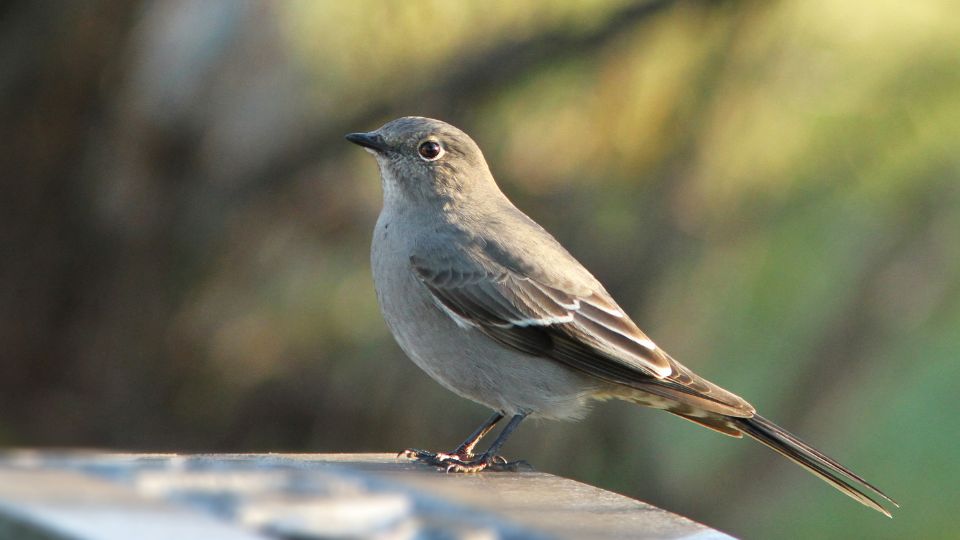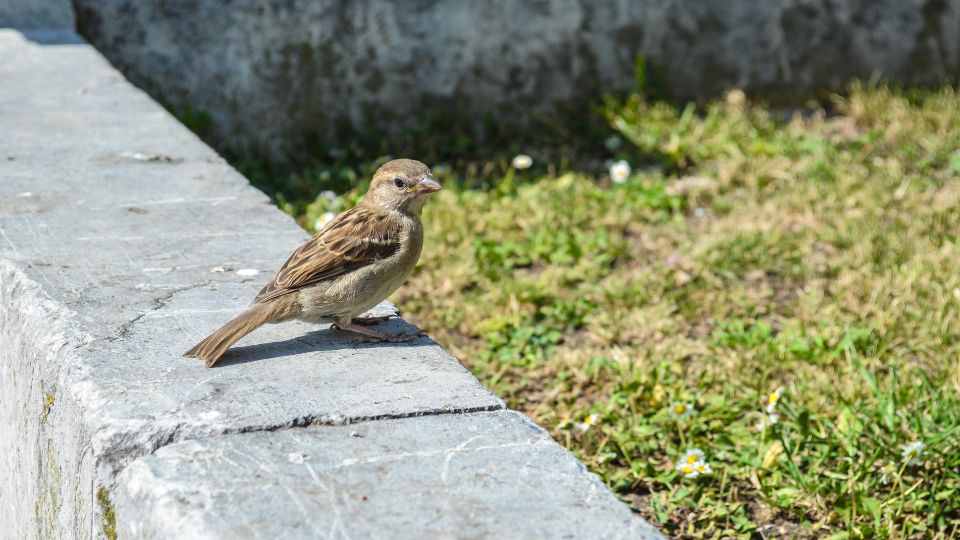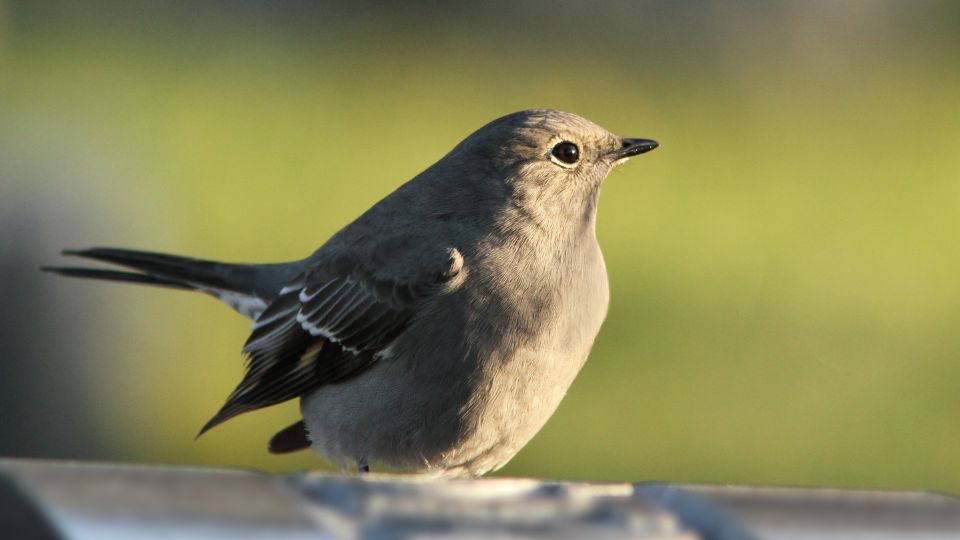Townsend's solitaire is a beautiful grey bird with a distinct taste for Juniper berries. Like other songbirds, this species does have a varied diet and they do migrate a distance - not to avoid cold weather, but to instead follow abundant food sources.
There are seven sub-species of solitaire bird species around the world. However, only one species that calls North America home is – the Townsend’s solitaire (also known by its scientific name Myadestes townsendi). Townsend’s solitaire isn’t far behind if you live near Juniper trees. This member of the thrush family loves Juniper berries and can eat up to 84,000 berries per year!
This bird lives primarily in the eastern United States and parts of Canada year-round and dines on Juniper berries. They have muted grey feathers, a buffy white underbelly, and a white eye ring that exaggerates their black eyes.

Females vs. Males
The side of the male Townsend solitaire is about the same size as the American robin or a mountain bluebird. It has buffy wing patches and long tail feathers that are striking once they take flight. They measure 9.5 inches long with a wingspan of almost 15 inches and weigh 1.2 ounces on average.
When in flight, the buffed white outer tail feathers are very easy to spot but not as prominent when they are perched. While there are some slight character differences between males and females (such as females being much quieter than males), their physical characteristics are nearly identical.
Habitat and Diet
The Townsend’s solitaire lives in the western portion of the United States at elevations of up to 11,500 feet, mainly in the Rocky Mountains. During the breeding season, they prefer the dense cover of pine, fir, and spruce forests to build their nests and raise young. In many parts of the United States and Mexico, this songbird is a full-time resident and sticks closely to Juniper berry trees for nourishment during cold winter. If you are hunting for a Townsend’s solitaire sighting, keep a close eye on coniferous forests and Juniper trees.
In the summer months, during the breeding season, these delightful songbirds dine primarily on insects such as caterpillars, beetles, moths, and spiders. When breeding season is over, and insets aren’t as abundant, these short-distance migrants flock to lower elevations in the Great Plains, where Juniper berries and other seeds are more plentiful.

Mating, Nesting, and Eggs
Townsend’s solitaires sing, but they sing to defend their territory rather than attract a mate. Once a male and female pair together, both songbirds hunt for the perfect nest site. Unlike other songbirds that build nests high in the trees, the Townsend’s Solitaire builds its nest at ground level.
These innovative songbirds look for natural depressions in the soil to build nests and sometimes on the side of a sloping hill. The female constructs nests made of pine needles, stripes of bark, and lined with soft grasses. It measures eight inches long with a smaller lined cup inside around three inches wide and two inches deep.
Once the nest is finished, the female Townsend solitaire lays between three to five eggs per clutch. Egg color varies from brood to brood. Some are soft white or pink, while other broods are greenish blue with gray blotches. There isn’t much known about the incubation habits of this elusive songbird, but we do know that incubated eggs take almost two weeks to hatch.
Geography and Range of Migration
Townsend’s solitaire are full-time residents of the western portion of the United States and parts of Canada, Alaska, and Mexico. While they live in higher elevations during the breeding season, they often take short migratory trips to their wintering ground in the Great Plains or parts of Mexico, where food sources are more abundant. It’s also important to note that these North American birds are highly territorial regarding their food. Townsend’s solitaires will chase off other birds that flock to plentiful Juniper trees for food in the winter territory. Their winter range is quite extensive and pushes as far east as Kansas.
While some Townsend’s solitaries migrate, their movements are altitudinal. These birds don’t migrate for warmer climates but more plentiful food sources. In the west, berries and seeds are more available in the winter months in places of lower altitudes. Yes, they migrate, but they don’t migrate very far!
Most populations of Townsend’s solitaires are permanent residents and only migrate short distances for food. However, populations that live farther north in Canada and the northwest regions of the United States migrate further south than birds that live in more temperature climates.
Vocal Repertoire: Songs, Calls, and Sounds
The Townsend’s solitaire is a part of the Turdidae family, but their songs are very Finch-like. What’s interesting about these Passeriformes is that they don’t just sing in the spring- they sing year-round! Their song is rich and clear, with crisp trills and warbling notes that last sixty seconds.
Both male and female Townsend’s solitaire sing, although the female song is much quieter than the male. The song of this bird isn’t how they attract a mate but a way of fiercely defending their territory from other birds that want to dine on seeds and berries in their vicinity.
In addition to songs, Townsend’s solitaire also has other calls that use to communicate with each other. The ‘squeaky week’s is one of their most noted calls used to identify other birds in their area, and it is also used to scare off other birds encroaching in their territories. The male and female Townsend’s Solitaires have identical calls, although the female is more soft-spoken.

